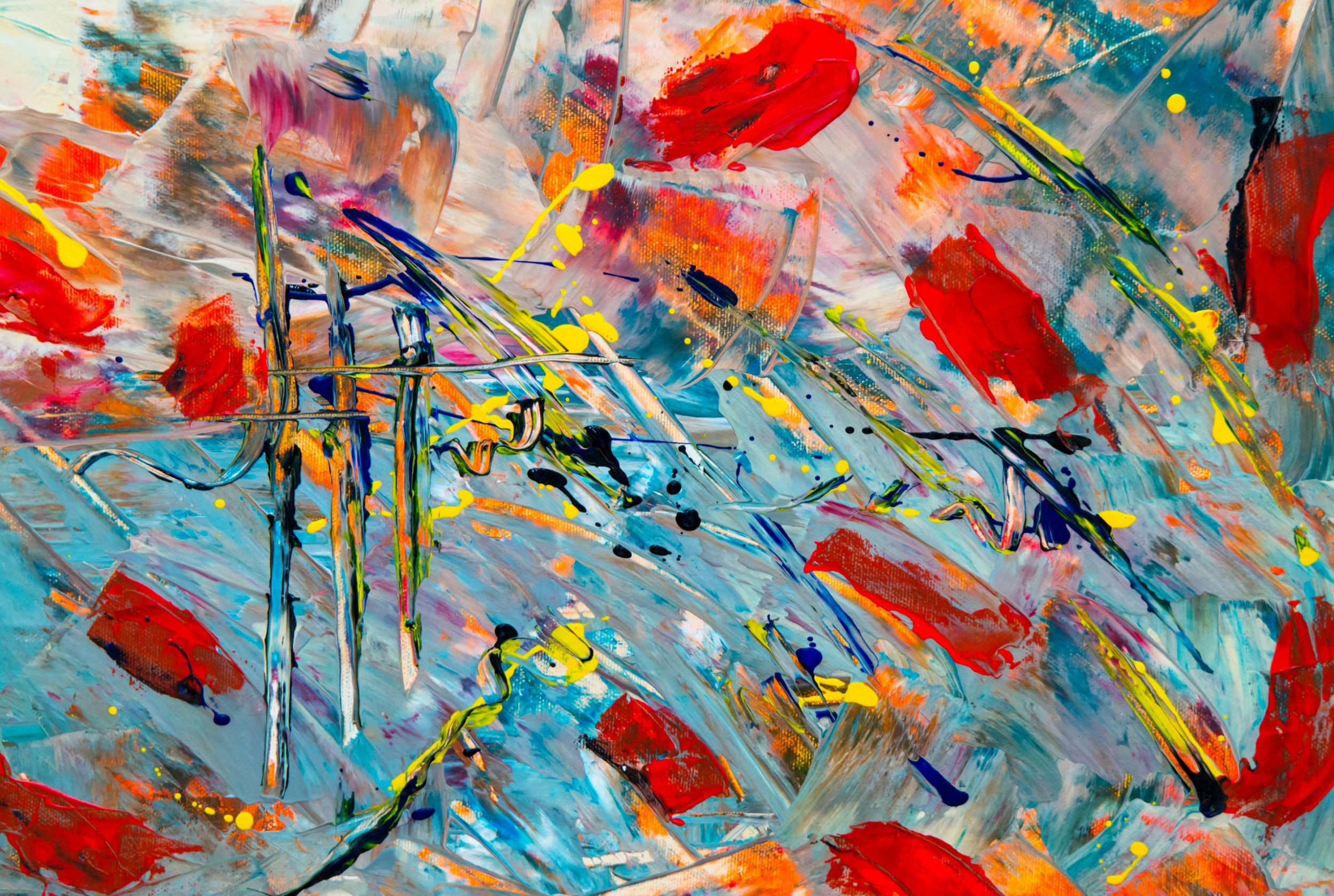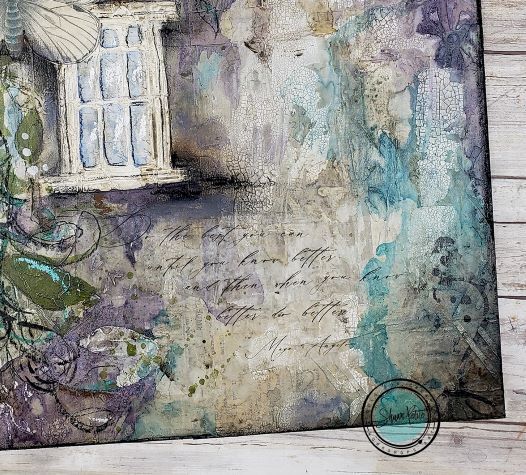When it comes to creating visually striking and unique pieces of art, texture plays a crucial role in mixed media techniques. By incorporating various textures into their work, artists can add depth, dimension, and interest to their compositions. In this article, we will explore the importance of texture in mixed media art and how artists can effectively utilize different textures to enhance their creations.
Creating Visual Interest
Texture is a powerful tool that artists can use to create visual interest in their artwork. By adding different textures, such as rough, smooth, glossy, or matte surfaces, artists can draw the viewer’s eye and create a sense of depth and dimension in their compositions. Textures can also evoke different emotions and add complexity to the overall aesthetic of the artwork.
Utilizing Various Materials
One of the key aspects of adding texture to mixed media art is the use of different materials. Artists can experiment with a wide range of materials, including paper, fabric, metal, wood, and found objects, to create unique textures in their artwork. By combining these materials in creative ways, artists can achieve a visually stimulating composition that captures the viewer’s attention.
Techniques for Adding Texture
There are several techniques that artists can use to incorporate texture into their mixed media art. One common technique is collage, where artists layer different materials such as paper, fabric, and photographs to create a textured surface. Another technique is embossing, where artists use stamps or textured surfaces to create raised patterns on their artwork. Artists can also experiment with painting techniques, such as impasto or drybrush, to add texture to their compositions.
Enhancing the Narrative
Texture can also play a crucial role in enhancing the narrative of mixed media art. By carefully selecting and combining textures, artists can create visually compelling stories that resonate with viewers on an emotional level. Texture can convey a sense of history, emotion, or atmosphere, adding depth and complexity to the artwork’s overall message.
Conclusion
Texture is an essential component of mixed media art, allowing artists to create visually striking compositions that capture the viewer’s attention. By experimenting with different materials and techniques, artists can add depth, dimension, and interest to their artwork, enhancing the overall aesthetic and narrative of their creations. Whether through collage, embossing, or painting techniques, texture plays a vital role in the creative process of mixed media art.
With a keen eye for detail and a willingness to experiment, artists can harness the power of texture to create unique and captivating pieces that leave a lasting impression on viewers.

